

Another walk following one of London's lost rivers, this time the Westbourne, as described in Andrew Duncan's Favourite London Walks. The Westbourne is sourced from Whitestone Pond in Hampstead which I passed on section 14 of the Green London Way in June. Like the Fleet it was buried underground for most of its route in the 18th century after it became nothing more than a sewer. I picked it up at Paddington and followed its route through Hyde Park, Knightsbridge, Sloane Square and Chelsea to its end at the Thames by Chelsea Bridge.
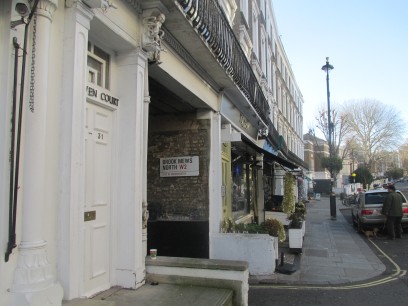
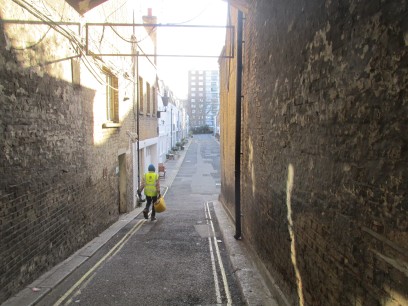
Coming out of Paddington underground the route first goes down the busy Craven Road and crossing Spring Road and Westbourne Terrace, both reflecting the river, the river itself being reached at Brook Mews North which runs directly along the river. You can almost imagine it below you. London is fascinating in that you can be in the bustle one minute and totally deserted in a back street the next, in this case slightly shattered a little further on when I had to wait for a large lorry reversing down it.
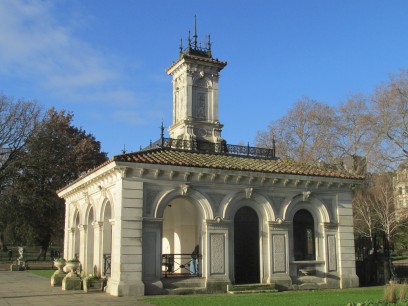
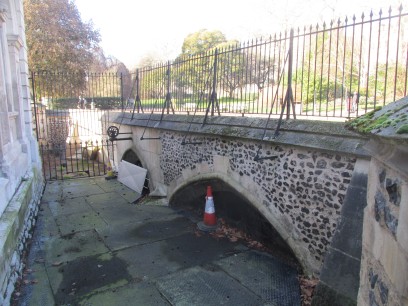
Crossing Bayswater Road, also named after the river, and the Swan public house. a former coaching house where there was once a bridge over the river, Hyde Park is entered. The two large lakes, Long Water and the Serpentine, were originally made by damming up the Westbourne in 1730. The ornate fountain pumping house dates from this time and behind this is the first sign of the river itself where the tops of the large arches can be seen. After the river became a sewer it was re-routed via conduit along the eastern side of the lakes, which is the route I followed.
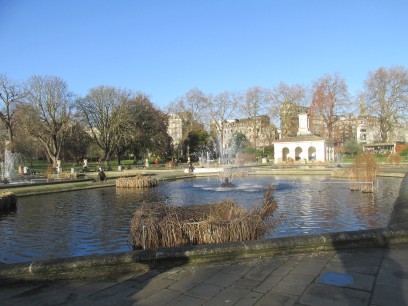
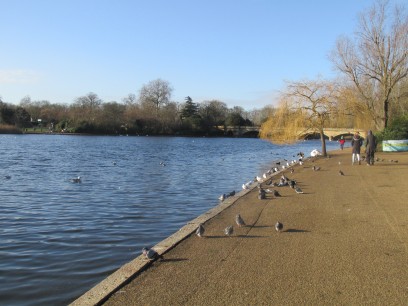
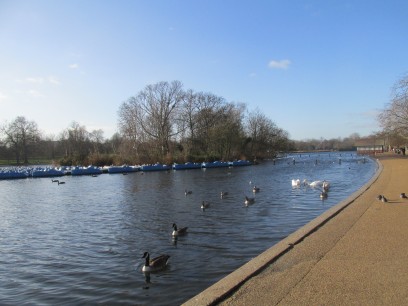
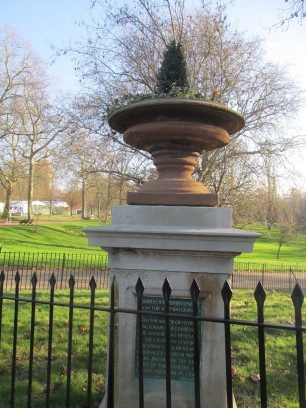
And now a pleasant walk first along the Long Water then the Serpentine with the conduited Westbourne running somewhere beneath my feet. Turning off at the Dell cafe and the Dell water garden I passed a plaque celebrating the original Westminster water supply installed at the time of William the Conquerer which lasted until 1861, not a bad record.
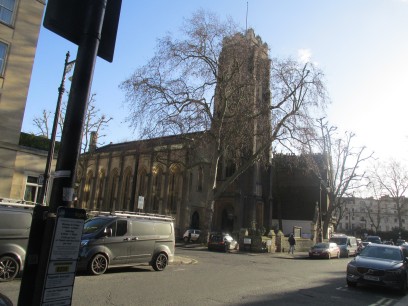
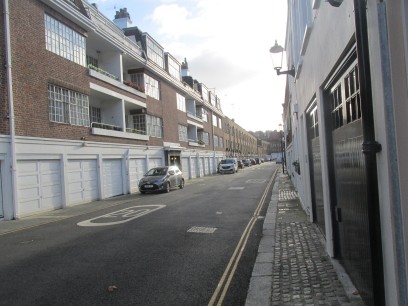
Out of Hyde Park at Albert Gate South Carriage Drive is crossed, beneath which is a huge cavern where the river joins with the outflow from the Serpentine and the Tyburn Brook. Crossing the busy Knightsbridge, where there was once another bridge, the river follows the route of several quiet London streets. After passing St Pauls church in Wilton Place Kinnerton Street is followed which has eight little mews running off down to the former river, all now closed off but a glimpse of what life must have been like many years ago. Pont Street, named after another bridge, leads where the bridge was into Cadogan Lane which follows the river course down to Sloane Square.
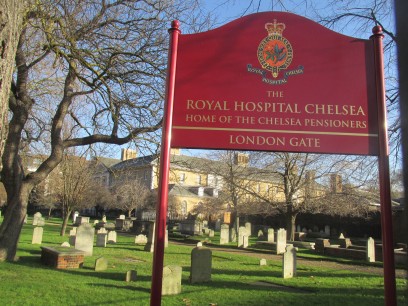
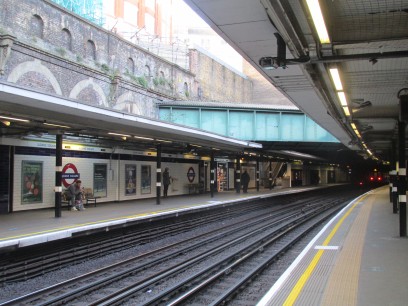
From Sloane Square the river follows its course through the grounds of the Royal Chelsea Hospital under Ranelagh Gardens and Chelsea Barracks. Because of covid public access to the grounds is not permitted so after a chat with the chap guarding the gate I abandoned my walk there and went back to Sloane Square underground. If I had continued down to the river I could have seen the several outflows into the Thames. The Westbourne crosses the platforms of the underground station in a large pipe enclosed in blue metalwork. This must be the only underground station where a river flows through like this. From here I caught the tube to London Bridge where I had lunch in Hornimans before making my way home after another pleasant day.